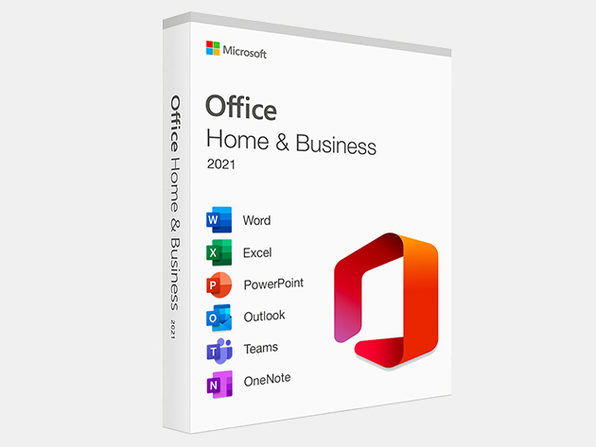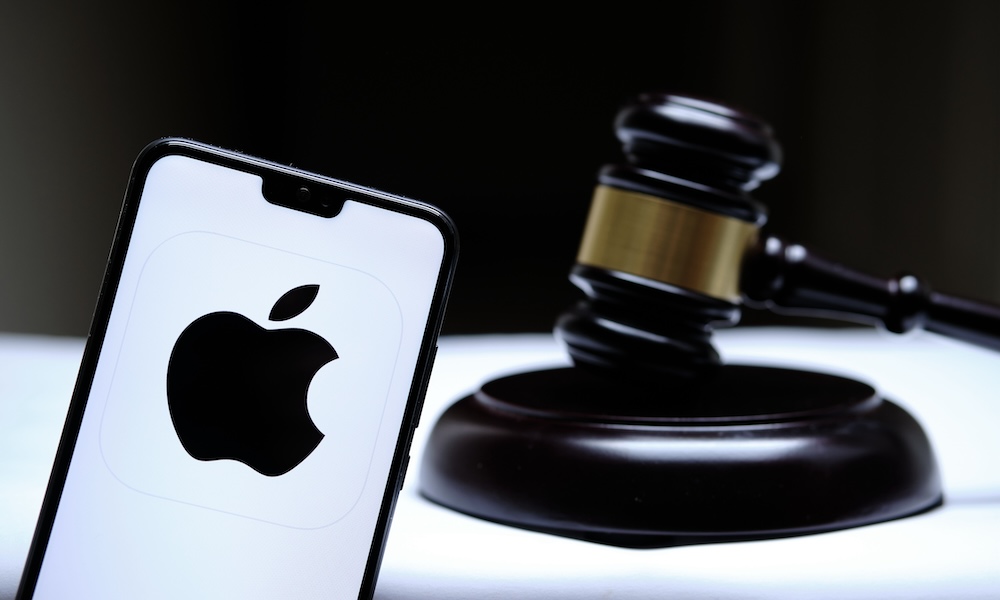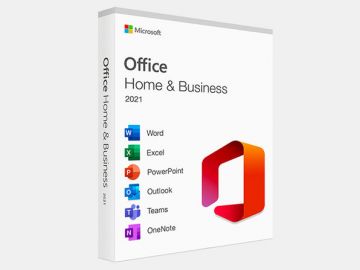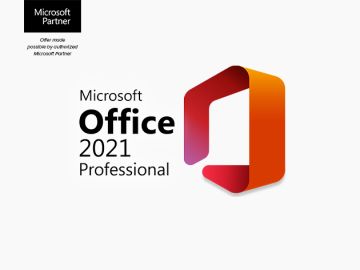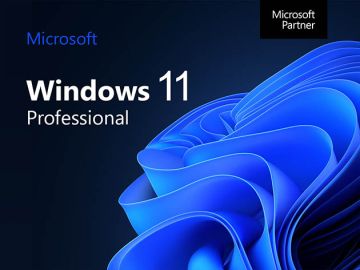Fortnite Is Back on the iPhone | Here’s Everything New Since It Left
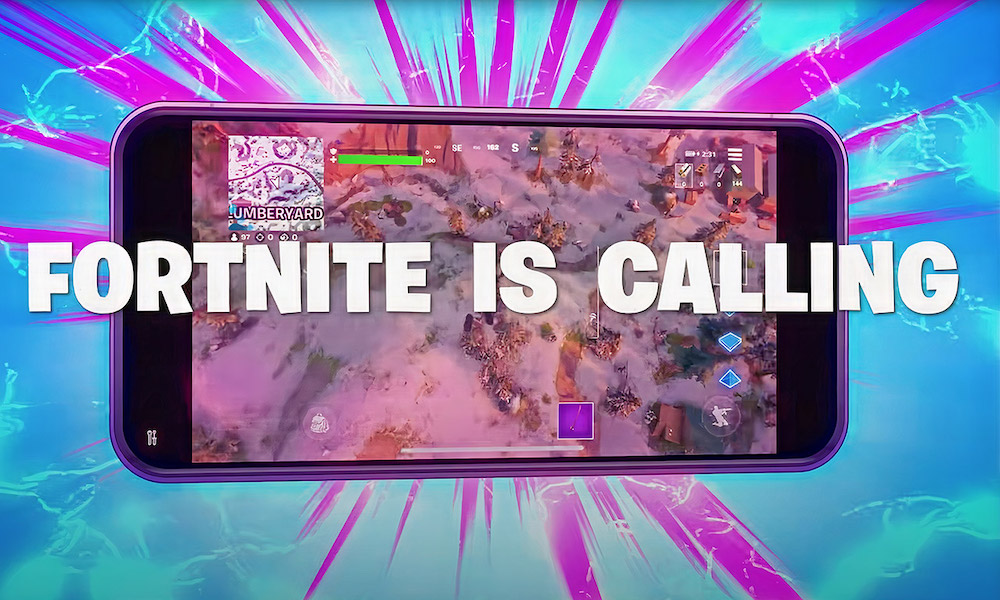 Microsoft
Microsoft
Toggle Dark Mode
After nearly five years of absence — almost as long as The Blip from Avengers: Endgame — Fortnite has returned to iOS devices in the United States. The popular battle royale game was removed from Apple’s App Store in 2020 due to a legal dispute between Epic Games and Apple over in-app payment policies.
Why Fortnite Left iOS
In August 2020, Epic Games decided to test the waters and introduced a direct payment option in Fortnite that bypassed Apple’s in-app purchase system, violating App Store policies. Apple quickly removed Fortnite from the App Store, leading Epic to file a lawsuit alleging monopolistic practices. The legal battle centered around Apple’s 30% commission on in-app purchases and its restrictions on alternative payment methods. Apple maintains that its policies streamline in-app purchases, help developers, and create a consistent user experience.
Legal Developments Paved the Way for Return
Last month, a significant turning point occurred when a US court ruled that Apple must freely allow developers to direct users to alternative payment systems without charging any commissions, challenging Apple’s control over in-app purchases. This ruling opened the door for Fortnite’s return. Epic submitted the app for review, and while Apple wasn’t eager to let it back in, the courts didn’t look kindly on Apple’s dragging its heels. Rather than risk further sanctions, Apple relented and approved the app.
What’s New in Fortnite Since Its Departure
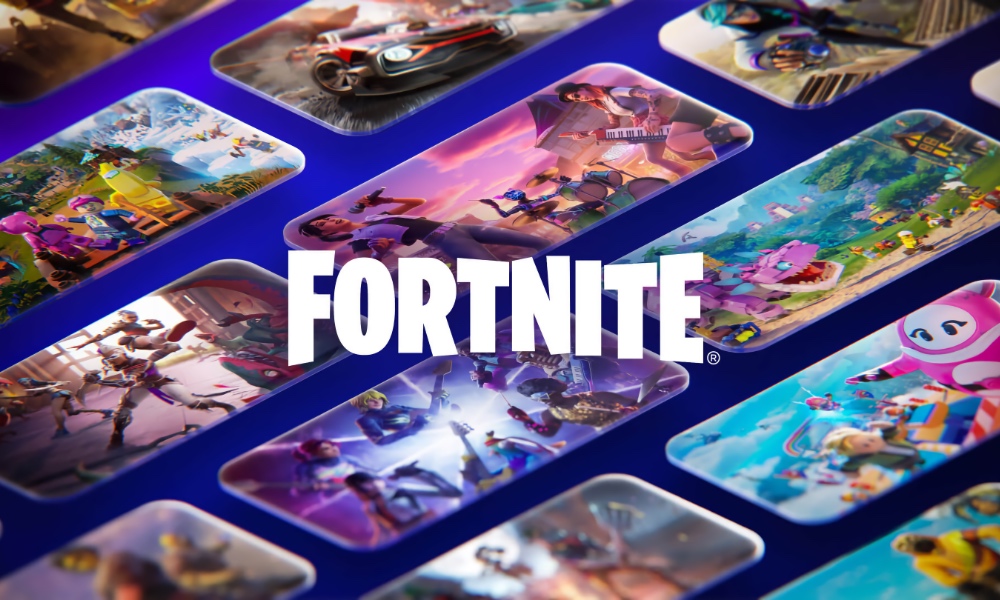
During its absence from iOS, Fortnite has undergone numerous updates and introduced several new features:
- Creative 2.0: A powerful upgrade to the creative suite, allowing players on PC to build and share fully customized game modes and maps with advanced scripting and logic tools. While creation tools are limited to specific platforms, player-created content is accessible across all devices.
- New Chapters and Seasons: Seasonal updates have brought fresh themes, environments, and storylines. The current Star Wars season includes Force powers, lightsabers, TIE Fighters, X-Wings, and themed cosmetics.
- Improved Visuals and Performance: Enhanced graphics include real-time ray tracing, improved water physics, and platform-specific performance optimizations.
- Car Bodies: Fortnite now supports customizable car bodies for both cars and SUVs, including real-world models like the Lamborghini Urus and Porsche 911 GT3 RS. Players can modify decals, wheels, boosts, trails, and paint colors, with support for both Battle Royale and Rocket Racing modes.
- Game Mechanics Enhancements: Features like mantling, hurdling, sliding, and more have added more mobility to matches. Recently, some mechanics, such as rolling and wall scrambling have been removed. It’s possible we will see these added back in a future update. All of the movement features include:
- Crouch
- Sprint
- Mantle
- Hurdle
- Slide
- Slide Kick
- Wall Scramble and Wall Kick (temporarily unavailable)
- Roll (temporarily unavailable)
- Ledge Jump
- Double Jump (with some weapons and abilities)
- Scoped Weapons: In the original Fortnite, only the sniper rifles had scopes. Now many more weapons offer scopes, including the popular Holo Twister Assault Rifle, dubbed the “Holo” by most players. In addition to scoped weapons, previous seasons have offered weapon modding, letting players add attachments, such as scopes, suppressors, grips, and mags.
- Bots and NPCs: Guards and hirable NPCs can now hinder or assist players during matches. Other NPCs, such as bosses, have also been added to the game. Players can defeat bosses to get rare weapons and medallions that grant special abilities.
- Extended Weapon Rarity: When Fortnite left the App Store, players could find common, uncommon, rare, and epic weapons. Now there are several more, such as legendary, mythic, and exotic.
- Music and Jam Tracks: Fortnite now features an expanded music system with Jam Tracks that players can use during emotes or in-game performances. New customization options let players set personalized music for when they drop into a match or win a Victory Royale.
- Fortnite Crew Subscription: For $11.99 per month, subscribers get 1,000 V-Bucks, exclusive monthly Crew Pack cosmetics, and access to all current season passes—including the Battle Pass, OG Pass, LEGO Pass, and Music Pass.
- Cross-Platform Play: Seamless cross-play ensures players on iOS can compete and squad up with friends on all other platforms. Fortnite is currently available on Android, iOS, Nintendo Switch, PC, Playstation, and Xbox.
- Epic Rewards: Players now receive 20% back in Epic Rewards for purchases made using Epic’s own payment system—available across all platforms, including iOS.
Looking Ahead
Fortnite’s return to iOS is more than a game relaunch. It’s a symbol of shifting power in the digital marketplace. The court ruling may set a new precedent for how apps are distributed, monetized, and controlled across mobile ecosystems. As Epic and Apple continue to redefine their terms, gamers — and developers — are watching closely.
Sadly, Apple isn’t giving up its fight to collect commissions on in-app purchases. The company has appealed the decision and requested the lower court’s injunction be delayed while the appeal proceeds. Depending on how the appellate court rules, Epic and other developers could find their new freedoms short-lived.

